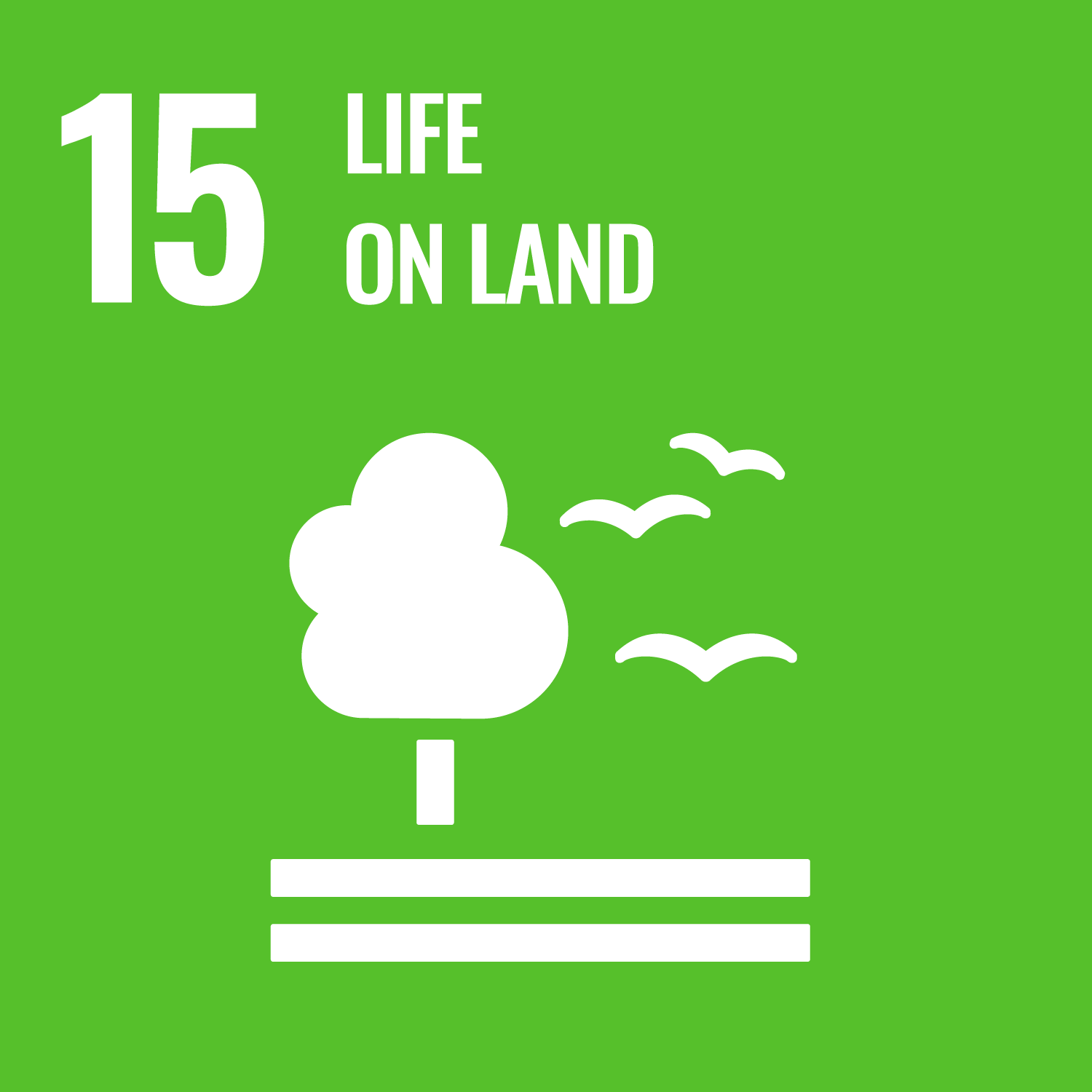Collaboration for shared land ecosystems. Collaborate with the local community to maintain shared land ecosystems.
UniSC collaborates with the local community to maintain shared land ecosystems. This fosters a sense of collective responsibility and stewardship. By engaging residents, local organizations, and stakeholders in conservation efforts, we can ensure the sustainable management of natural resources and biodiversity. This partnership not only enhances ecological health but also strengthens community bonds and promotes environmental education. Together, we can create resilient ecosystems that benefit both people and wildlife.
Preserving ecosystems under threat - UniSC has undertaken a major land restoration project and collaboration, moving natural vegetation and soil from a neighbouring development site at Bundilla and replanting it at UniSC Sunshine Coast. In collaboration with the local community, UniSC has committed to the long term management of the compensatory habitat since it's initial move in 2012. Over decades we've preserved the shared land ecosystems and flora and fauna that call it home. UniSC conducts planned burns to facilitate regeneration on an annual basis.
UniSC is a world leader in sustainability, and we’re incredibly proud of our environmental focus – especially considering our unique geographical location. Queensland houses the only stretch of three continuous UNESCO Biosphere Reserves out of the five in Australia – and 738 in the world – and all are UniSC campus locations. This means UniSC is the world’s only university operating within three interconnecting UNESCO Biosphere Reserves – the Great Sandy (Fraser Coast), Noosa and Sunshine Coast Biosphere Reserves – and the UNESCO world heritage listed K’gari (Fraser Island).
These three Biosphere Reserves stretch an estimated 222 kilometres, from the world’s largest sand island, through kilometres of coastlines and waterways up to the sub-tropical rainforests and mountains. Our university has a truly unique opportunity to capitalise on the wealth of significant environmental treasures surrounding us, as we continuously work to champion sustainability with the local community to maintain these shared land ecosystems.
There are seven types of ecosystem-specific networks listed by UNESCO, and Queensland’s biospheres encompass five: mangroves, marine coastal and island areas, mountains, tropical forest and wetlands. UniSC staff and students regularly conduct research, work-integrated learning and events across multiple regions with the local community near areas of ecological significance. They interact with the ecosystems, and actively work to learn more about the land, water, wildlife and people of the area.
UniSC and the Sunshine Coast Council have collaborated to develop a functional mapping resource for anyone to use. The tool shows the different ecosystem services for land in the region including climate regulation, pollination, food supply, habitat and more. These are vital for supporting both natural environments and people, so understanding their location and role will help inform and balance decisions that will benefit generations to come.
Governments, industry groups, businesses and community members will be able to access, learn from and use the data to investigate any location – from rainforests to floodplains and even built environments. The tool also offers the option to overlay mapping from Council and the State Government’s protected areas, planning scheme information and much more.
Summary
UniSC collaborates with the local community to maintain shared land ecosystems which ensures sustainable management and strengthens community bonds.

